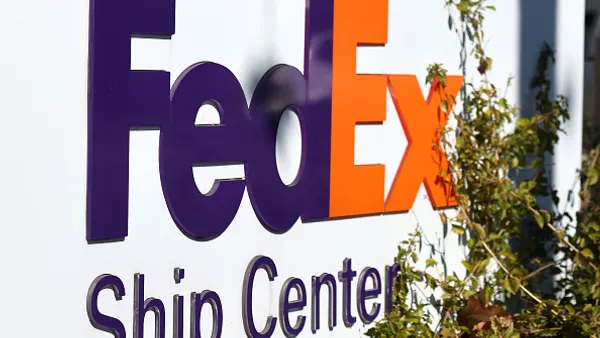Dive Brief:
- To keep pace with fast fashion leader Inditex-owned Zara, Swedish clothier H&M plans to reorganize aspects of its supply chain to move closer to countries where its garments are sold, Reuters reported. Inditex has shortened production-to-sales time by positioning its sourcing close to its main markets.
- H&M has deliberately maintained factories in Asia, citing the need for cost reduction. However, their cost savings come at the expense of being able to bring new products to market quickly as the fashion industry changes from season to season.
- H&M is optimistic that warehouse automation and RFID tagging will help the company manage better their shortages and oversupply issues.
Dive Insight:
Zara has positioned itself as to the company to beat in fast fashion retailing, with Fast Fashion's Uniqlo making massive changes to compete more directly with the Spanish retailer. Going forward, H&M will have two companies with which to contend for a spot at the top of the market.
A decision to relocate factories will likely be hard news for H&M workers, who have recently undergone the shift from cash to digital payment through the Better than Cash Alliance. The decision to join the Alliance came after a violent outbreak at a Myanmar factory wherein workers alleged lack of payment. The issue remained unresolved due to unverifiable records due in part to the previous cash system.
The tension that fast fashion retailers face — the balance between economical sourcing and economical logistics — will define the competitive market in the long term. Whether H&M can catch companies such as Zara by tightening these logistical elements while still maintaining their price margin via lower cost sourcing remains to be seen.












